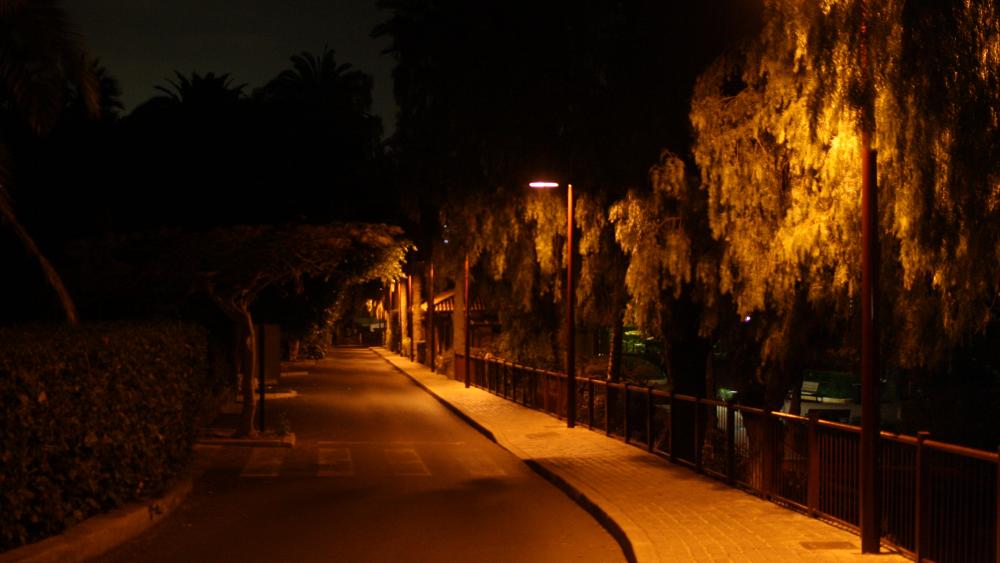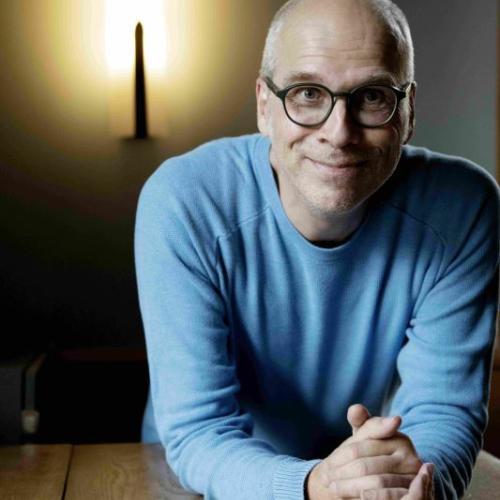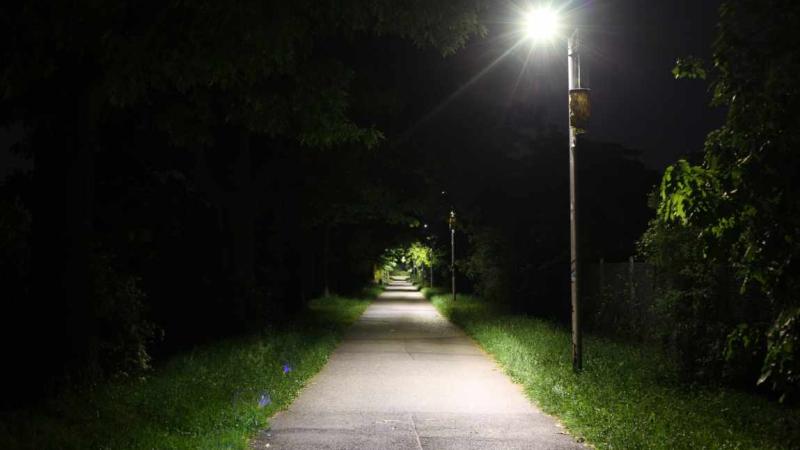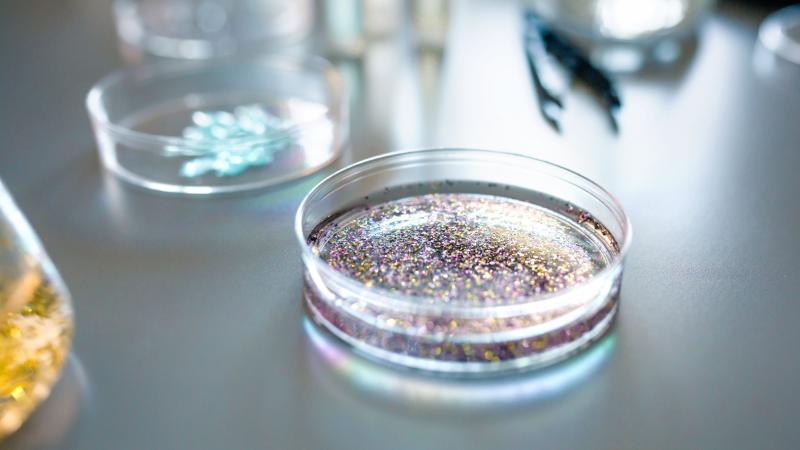
Photo: Andreas Hänel
"About 30 percent of vertebrates and even more than 60 percent of invertebrates are nocturnal and can be affected by artificial light at night. The protection of the night must therefore be seen more strongly than before as a fundamental task of nature and landscape conservation", says Prof. Dr. Beate Jessel, President of the BfN. "The fact that it is possible to minimise the ecological impairments caused by artificial lighting is shown by the action guideline which has now been published. It contains numerous concrete recommendations and practical tips for outdoor lighting.
"Good lighting is efficient and reduces energy consumption while increasing visibility and safety. It is aesthetically pleasing and minimises environmental impact. Many of the measures presented in the action guide can also be implemented easily and cost-effectively," says IGB researcher and study director Dr. Franz Hölker. Franz Hölker's team is leading the way in Germany and internationally in research into so-called light pollution. This is when artificial light at night has a negative effect on humans and light-sensitive organisms. The guideline is based to a large extent on scientific findings that his team has gained over many years of work together with researchers from the BfN and the University of Münster.
More light than necessary
In the absence of explicit regulations for outdoor lighting, industry standards for lighting are often treated as legal regulations in practice. In many cases, even the minimum requirements of the technical standards are far exceeded in order to exclude possible claims for damages - for example in the case of traffic accidents - and to prevent accusations that street lighting is not state of the art. As a result, outdoor spaces are often illuminated much more than necessary, with possible negative effects on people and nature. However, it is possible to minimise the ecological damage caused by artificial lighting while at the same time meeting social requirements such as safety and aesthetics.
Action guideline provides concrete recommendations
First author Dr. Sibylle Schroer of IGB gives examples of solutions: "Local authorities should use luminaires that do not emit light upwards. The illuminance should be as low as possible and cold white light with a high blue light component should be avoided. This is because the internal clock, the so-called circadian system, of higher vertebrates and humans is particularly sensitive to blue light. The use of warm white light can reduce the negative effects on many organisms and is often perceived as more pleasant by humans".
Interdisciplinary cooperation with Benedikt Huggins, a lawyer for environmental and planning law at the University of Münster, revealed gaps in environmental law in order to better protect organisms in the future from the burden of poorly installed, unnecessary or too bright artificial light. The recommendations were developed on the basis of the two research and development projects "Analysis of the effects of artificial light on biodiversity, determination of indicators for the impairment and derivation of recommendations for action to avoid negative effects in the context of interventions" and "Light and glass: legal issues of the endangerment of species by light and glass", funded by the Federal Environment Ministry and accompanied by the BfN.
The restriction of light pollution brings further advantages, for example in terms of energy saving and thus climate protection, as well as for human health. The guide offers those responsible in local authorities as well as lighting, urban and regional planners a free professional decision-making aid to actively promote the conscious use of artificial light.





